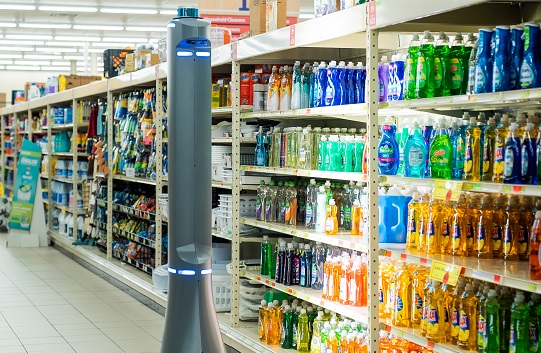The smart robots market is on the brink of a significant expansion, with expectations of growing by USD 13.22 billion from 2022 to 2027. This growth is forecasted at a Compound Annual Growth Rate (CAGR) of 19.5% over the period. The market encompasses various segments including professional service robots, personal service robots, and collaborative robots, with its geographic reach spanning across Asia-Pacific, Europe, North America, South America, and the Middle East and Africa.
Driving this growth are the technological advancements in smart robotics. These robots are increasingly capable of complex decision-making related to operations, significantly improving problem-solving in assembly and manufacturing processes. Furthermore, some smart robots are being designed to work collaboratively with human labor in a range of tasks, from order handling to quality inspections.
The market dynamics are shaped by several trends and challenges. One emerging trend is the increase in mergers and acquisitions (M&A) activities in the sector. This is largely due to companies striving to capitalize on the rising implementation of smart robots. As a result, there is a growing emphasis on developing and introducing advanced smart robots, with companies entering into strategic alliances, including M&As, with technology providers, robot manufacturers, and component suppliers.
However, the market faces challenges, predominantly the high cost of smart robots. These costs are attributable to the sophisticated hardware, including sensors, actuators, power sources, controllers, and the software that enables the robots to perform their tasks. This high cost is a significant hurdle for market growth.
Additionally, the report highlights the professional service robots segment, which is expected to see considerable market share growth during the forecast period. Professional service robots, distinct from those used in manufacturing facilities, are employed for commercial tasks like cleaning public places, product delivery, and food delivery. The demand for these robots has surged in the last five years, particularly among end-users such as airports, retail shops, and hotels, further fueling the growth of this segment and the overall market.

